A Spectacular Ride on the Historic White Pass & Yukon Railroad
Pay Dirt!!
It all began in 1896, when gold was discovered on Bonanza Creek, a tributary of the Klondike River, just 11miles/17.7 km from Dawson City, Yukon. On July 17, 1897 the Seattle Post-Intelligencer spread the word of the discovery with the famous headline, “Gold! Gold! Gold! Gold!” and it wasn’t long before tens of thousands of men and women began the stampede north to the gold fields. The Klondike Gold Rush was the largest gold rush the world has ever known, and by 1900, 38 million dollars worth of gold had been pulled from the area.
The Journey
The journey for those seeking gold was not an easy one. It took them up the Inside Passage waterways to Skagway and from there they began the treacherous 600mile/965km journey up over the coastal mountains and on to the gold fields in the Yukon. Once they arrived in Skagway, the ‘stampeders’ had a choice of two routes to get over the coastal range; the Chilkoot Trail beginning in Dyea, about 10miles/16kms northeast of Skagway, or the longer but less steep White Pass Trail from Skagway.
Neither of these routes was easy. The topography and the weather made them both extremely harsh and anyone entering Canada could only do so if they brought in their own food supplies that would last them a year. This meant that every miner had to haul almost 1 ton/900 kg of supplies over the pass and across the US/Canadian border. There were North West Mounted Police Stations stationed at the summits of the passes to enforce this regulation.
It could take a person close to three months to haul gear from cache to cache over the Chilkoot Trail and because of this, some chose to take the longer White Pass Trail believing that pack animals could be used over the less steep terrain. 3000 horses died on the White Pass Trail trail because of the hardships and the inexperience of the stampeders.
After the stampeders reached the summit and the B.C. border they still had a long way to go to reach Dawson City. Most made the rest of the trip by either boat or rafts they built at either Lindeman or Bennett and then traveled the lakes and the Yukon River to Dawson City.
The Vision
The first person to try to profit from making an easier route for the stampeders was George Brackett who built a 12mile/19km toll road up the canyon of the White Pass in the fall of 1897. There were a lot of hardships and financial difficulties building the road and many stampeders began ignoring the tollbooth, ultimately contributing to its failure. In the spring of 1898 Brackett sold the right-of-way for the road to the White Pass & Yukon Railroad for $110,000 and on May 28, 1898, construction began on the narrow gauge route.
The Builder
Michael J, Heney, an experienced railroad contractor, was awarded the contract to build the route. There were doubts about whether the route was even feasible, but Heney bragged, “Give me enough dynamite and snooze, and I’ll build a railroad to Hell.” Heney also went on to build the very challenging railroad which ran from Kennicott and McCarthy to Cordova, AK. See our post, The Edgerton & McCarthy Hwy.
The Challenge
The White Pass & Yukon Route ran 110miles/177kms from Skagway to Whitehouse in the Yukon Territory. It climbs from sea level to almost 3000’/914m at the summit of the pass. All this happens over just 20miles/32kms and with steep grades up to 3.9%. There are very tight curves on the route, which made a narrow gauge railroad necessary. The route required cliff hanging turns of 16 degrees, two tunnels and the construction of numerous bridges and trestles, including the tallest cantilever bridge in the world at the time, over Dead Horse Gulch. The White Pass summit was reached on February 20, 1899 and on July 29, 1900, on meeting the crew working south from Whitehorse, the last spike was driven in Carcross, BC on July 29, 1900.
In total, $10,000,000 dollars, 35,000 men, and 450 tons of explosives created this amazing railroad in just 26 months. It included working in the dead of winter in heavy snow and temperatures as low -60ºF/-50ºC. At times there were only 4 hours of daylight available but construction continued, even on the trestles, with the use of candle lanterns.
The White Pass Spirit
The peak of the Klondike Gold Rush had already passed by the time the WP&YR was completed and the company had to diversify to survive. Their business model evolved to include wharves, paddle wheelers, hotels, trucks, ships, buses, aircraft & pipelines. The railroad pioneered the “Container Route” – the intermodal movement of containers by ship, train & truck in 1955, but by 1982 the construction of highways and use of trucks ended the use of the railway for that purpose. Six years later, 1988 the YP&YR reinvented itself as a tourist attraction.
The YP&YR Today
The YP&YR ran steam engines up until 1954 when they converted to diesel electric. Today YP&YR operates both diesel electric and steam engines on their route. They have 20 diesel-electric locomotives dating from the 50’s and 60’s and two steam locomotives, one of them, No. 69 that was built for the line in 1908. It was restored and returned to the line in 2005. They have 83 restored and replica coaches, the oldest being, the Lake Emerald coach, which was built in 1883 and is still on the line every day.
The YP&YR offers excursions as far as Carcross, BC, scene of the last spike. The section that continues to Whitehorse is no longer used, although much of the rail line is still intact. The Whitehorse Waterfront Trolley is using a small section of the rail line, along the Whitehorse waterfront. Steam excursions run from Skagway to Fraser, BC and return. The railroad drops also off and picks up hikers from various points along the route.
The YP&YR is truly one of the most spectacular train rides you will ever take. Breathtaking panoramas of mountains, glaciers, incredible glacier green rivers & lakes, gorges, waterfalls, tunnels, trestles and historic sites from vintage trains. In 1994 the YP&YR was designated as an International Historic Civil Engineering Landmark.
Our Journey
We really would have liked to take the steam excursion, but it only leaves from Skagway at 8am in the morning. With roughly a 3 hour drive each way plus a 4 hour train trip, plus some time in Skagway, the day was looking rather daunting. Instead we opted for a tour which left from Whitehorse. A tour bus picked us up right at the Pioneer RV Park where we were staying and drove us to Fraser where we met the train. The bus stopped at Emerald Lake for a quick view and at Carcross for about 30 minutes so you could get out, have a coffee and look around a bit. The train ride from Fraser to Skagway is 27.7miles/44 1/2kms and takes about 2 hours. They give you 2 hours in Skagway to have lunch and do a little shopping, then you catch your bus back for the 3 hours drive back to Whitehorse.
As you can tell from the photos, the ride is quite spectacular and the day we picked was sunny and warm, which can be a rare thing in this part of the country. The train cars are quite comfortable and the car we were on was only about 1/2 full so you could move around. My only complaint is that the windows don’t open, so they only way to get decent pictures was to stand out on the platforms, which was the coolest place to be anyway. Unfortunately you have to share the platforms with everyone else, so getting the pictures you wanted wasn’t easy and sometimes not even possible.
Images
For more photos or to purchase photos seen in the post: White Pass & Yukon Route
[/fusion_text][/fusion_builder_column][/fusion_builder_row][/fusion_builder_container]
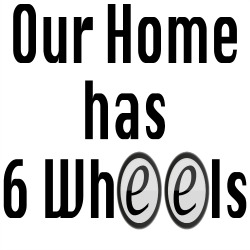
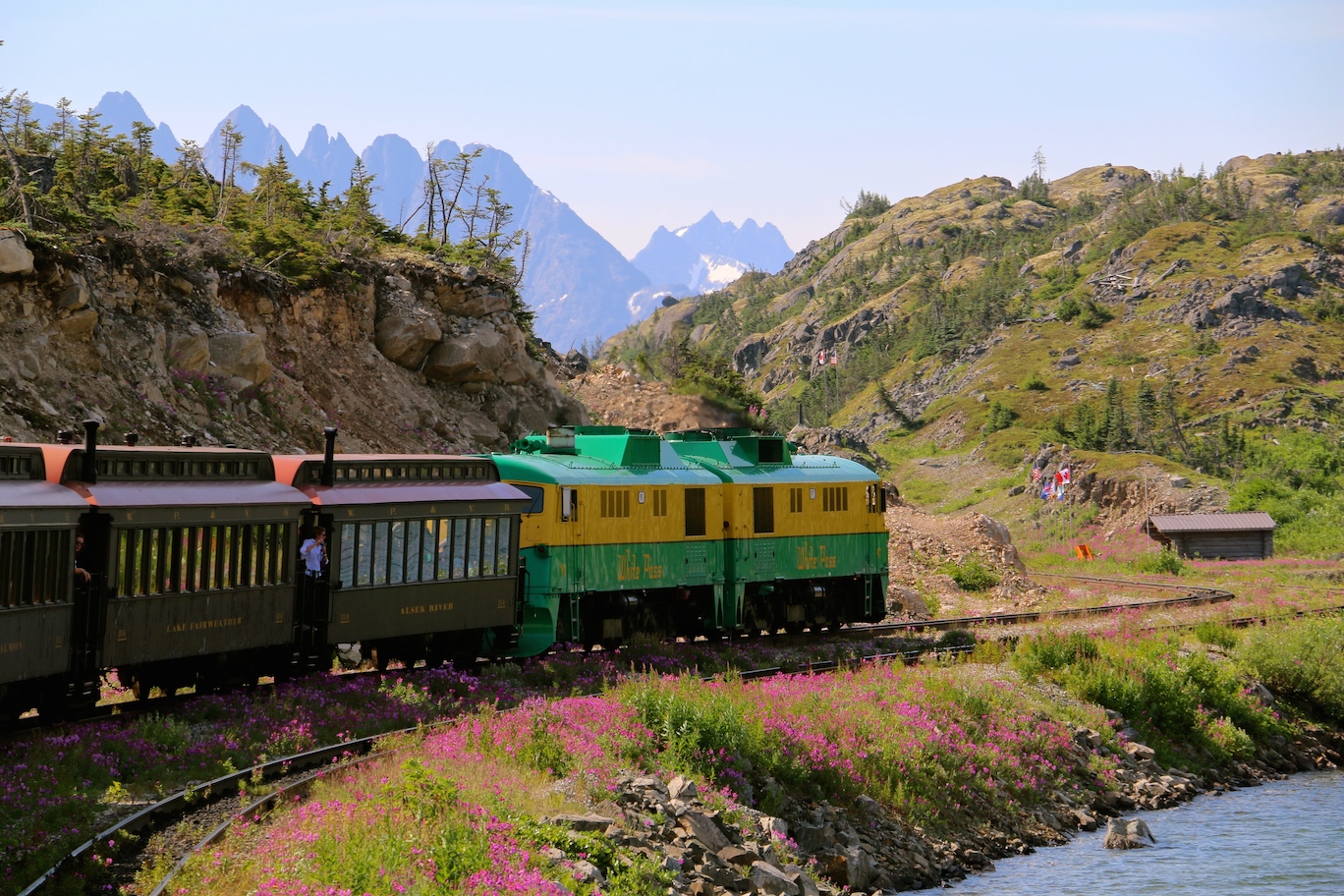
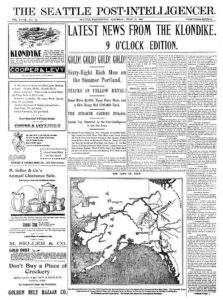
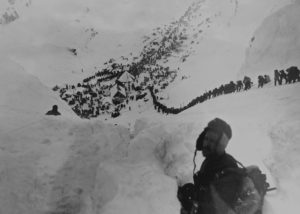
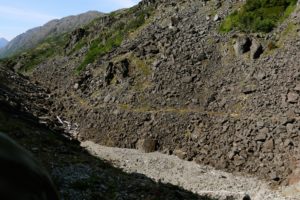
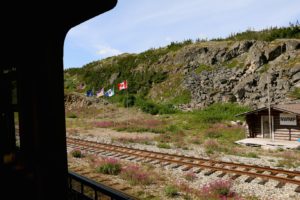
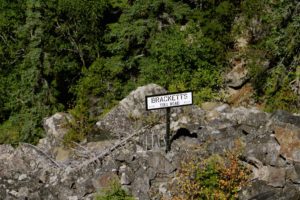
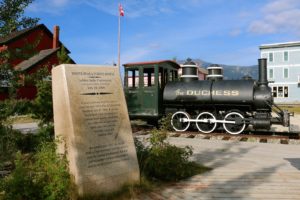
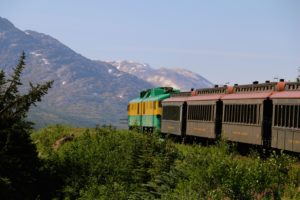
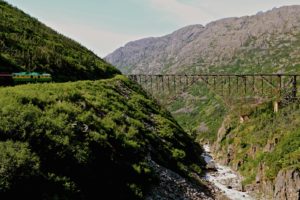
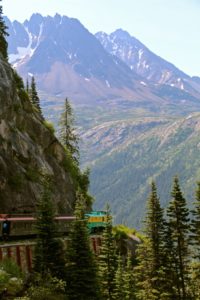
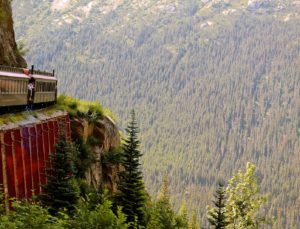
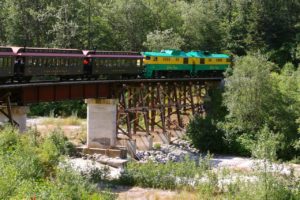
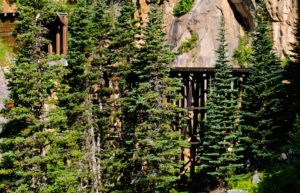
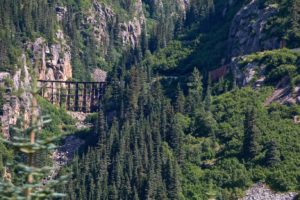
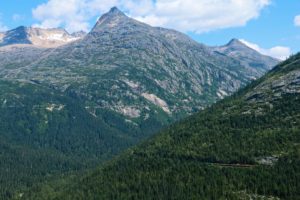
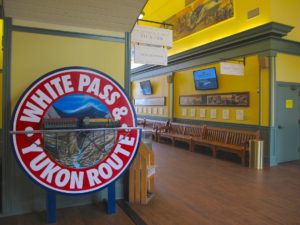
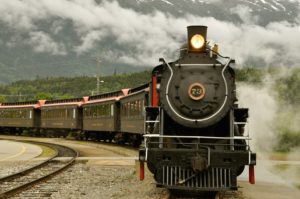
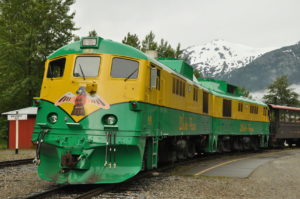
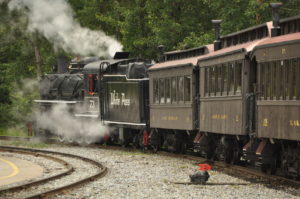
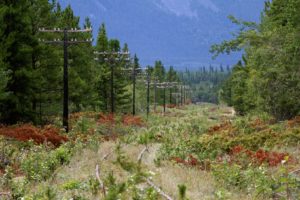
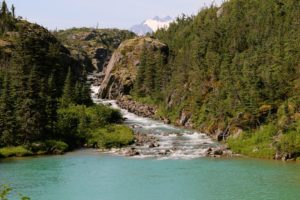
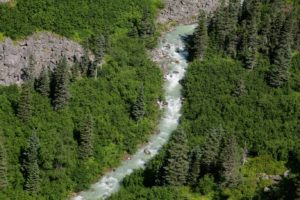
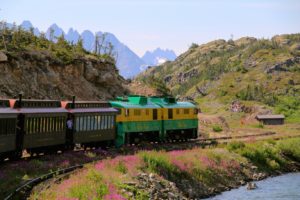
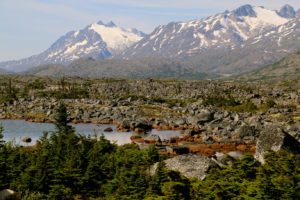
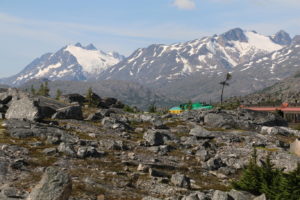
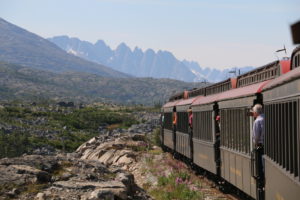
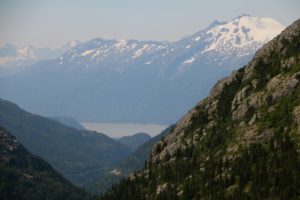
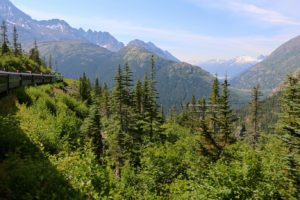
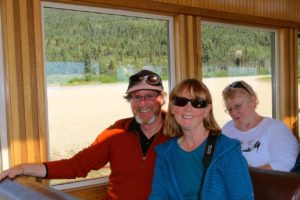
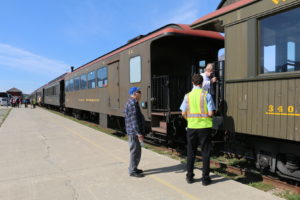
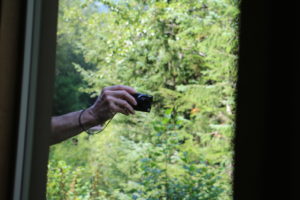
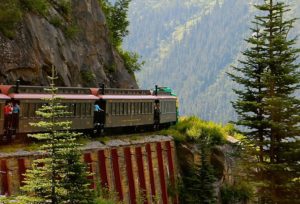
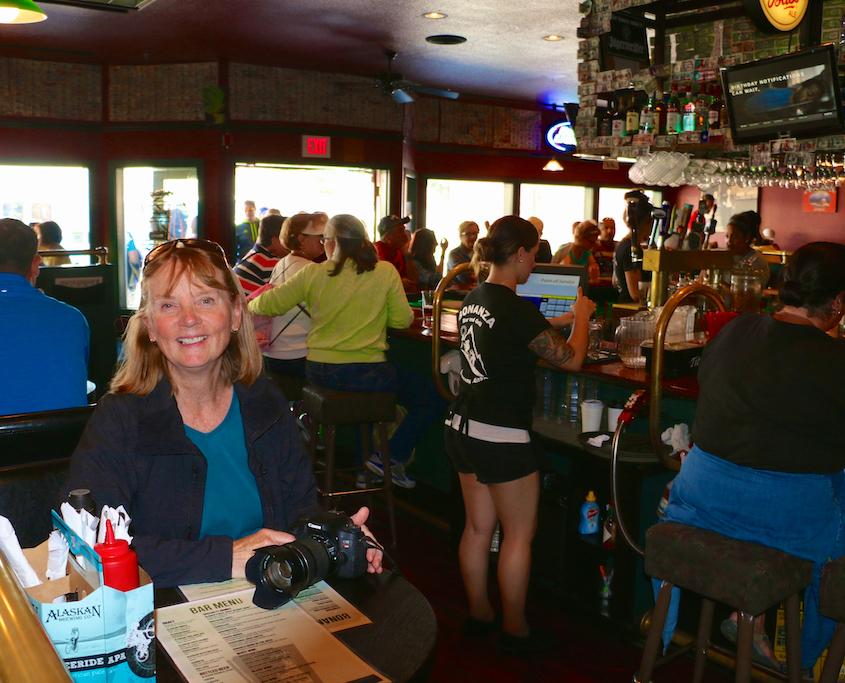
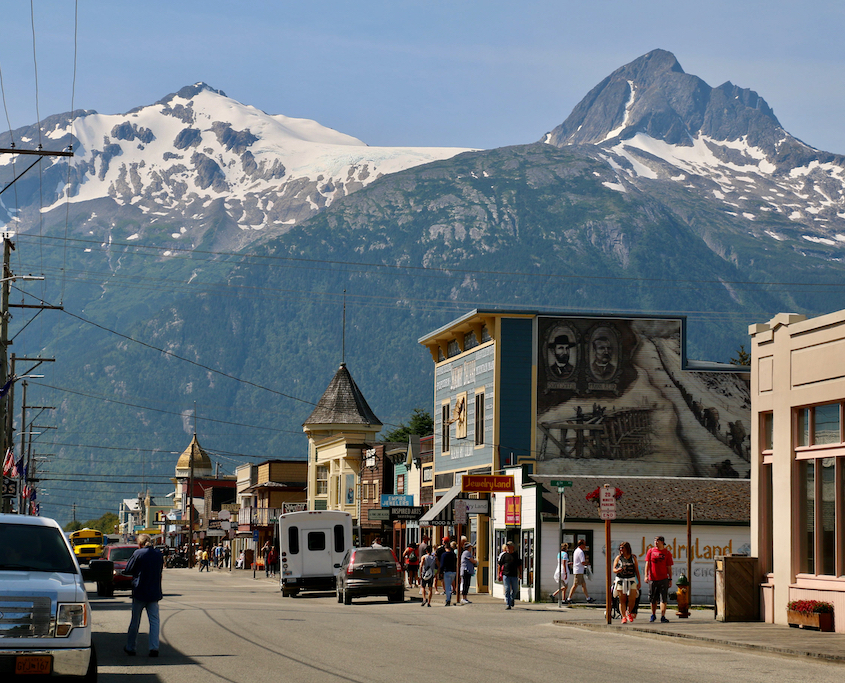
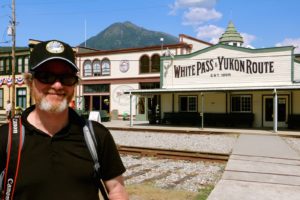


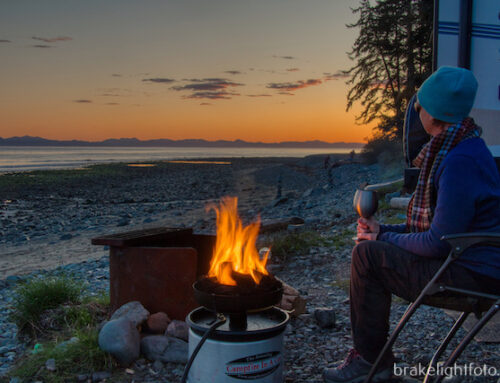
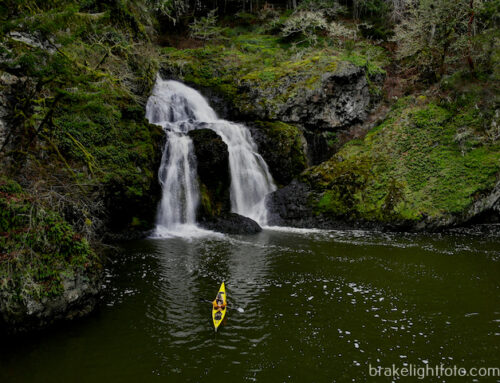
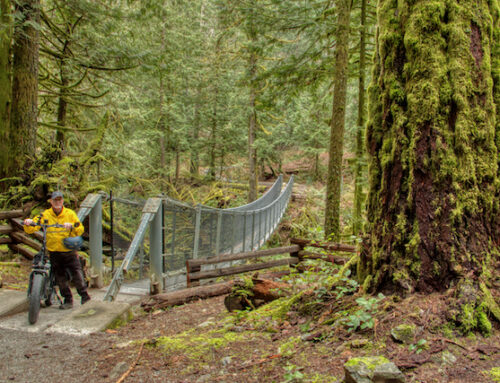
Leave A Comment